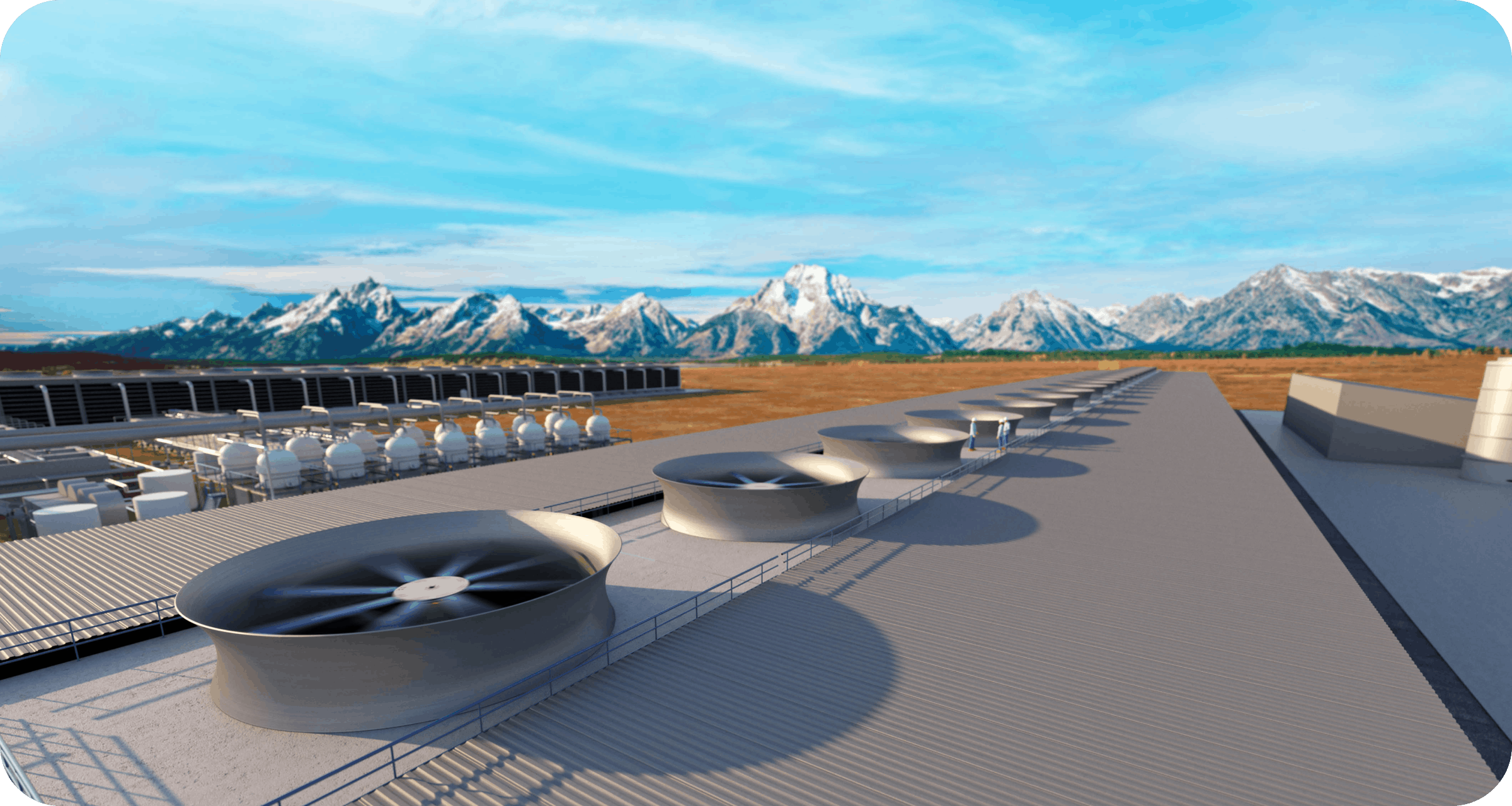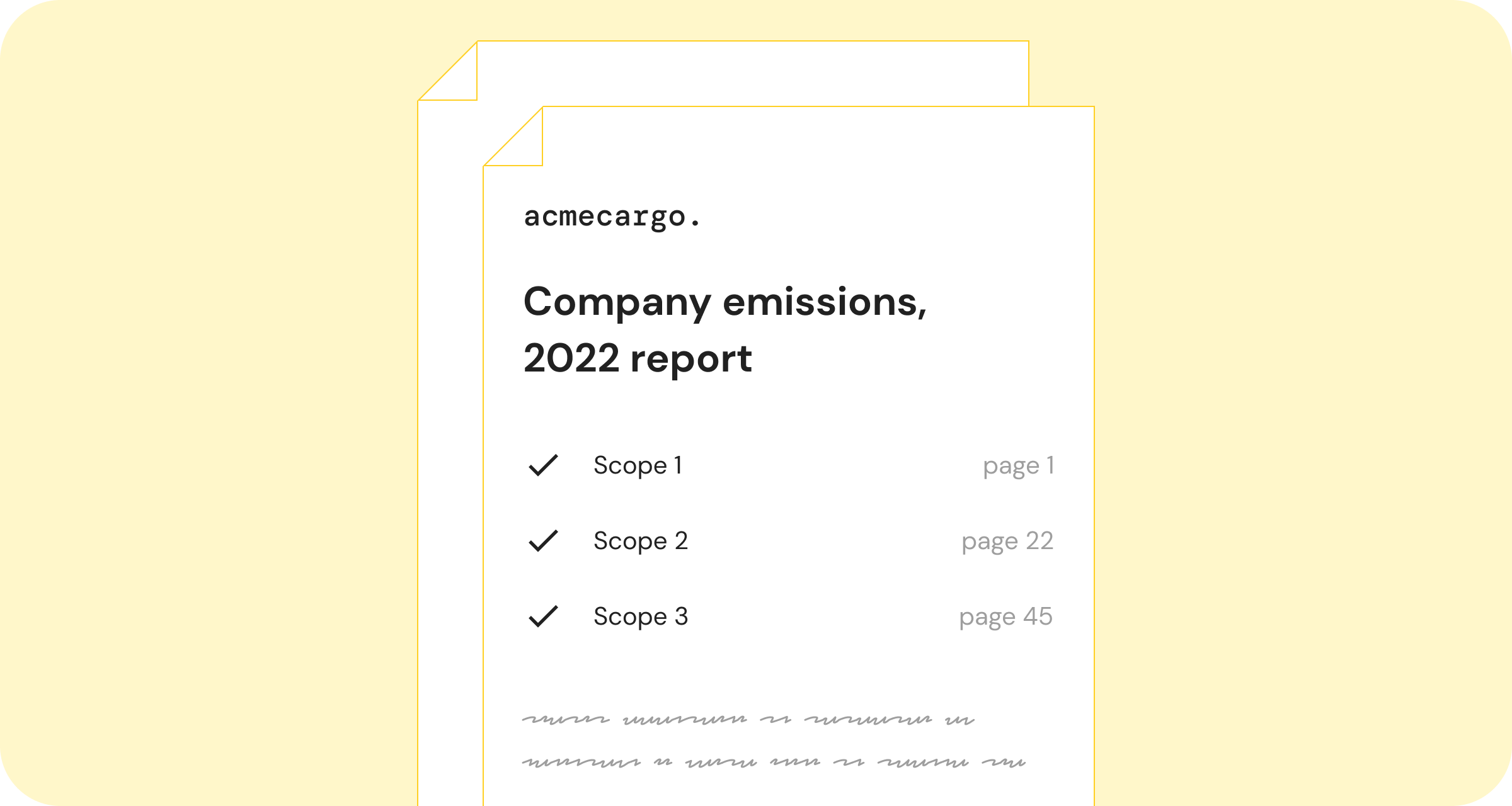

Avoiding overestimation is crucial in carbon offsetting.
It’s one of the key markers in what makes a high-quality carbon offset project – alongside additionality, permanence, co-benefits beyond carbon, and single counting – credible projects that you can be sure are producing real and lasting carbon benefit.
So, it’s an important concept to understand if you’re buying offsets.
In this article we cover:
- What ‘overestimation’ means in the context of carbon offsetting
- How high-quality projects avoid overestimation – including baseline calculations, accounting for uncertainty and leakage, and robust measuring and monitoring
What is overestimation in carbon offsetting?
Carbon credits are issued for a project based on the carbon benefit a project brings – the amount of carbon emissions avoided or removed from the atmosphere – with 1 carbon credit representing 1 tonne of CO2.
Because of this, it’s incredibly important that the carbon benefit of a project is quantified correctly – that initial estimates of the emissions avoided or carbon removed during the development of the project are rigorous, and that ongoing measurement and monitoring ensures those estimates are accurate.
As a carbon buyer, you need to be absolutely sure that a project is not overestimating its impact – especially if you’re buying carbon credits for offsetting purposes, to neutralise your own carbon emissions as an individual or business.
Why? Well, say a project developer sells 1000 carbon credits in their project – representing 1000 tCO2 removed or avoided – but the project is only actually removing/avoiding 500 tCO2, then the credits bought have only half of the expected impact. That means if you buy 100 carbon credits from this project developer to compensate for your company’s annual emissions of 100 tCO2, then in reality you’re only actually compensating for 50% of your emissions, 50 tCO2. And that means that the desired positive planetary impact isn’t actually taking place, which is bad news for the environment, and leaves your brand wide open to allegations of greenwashing.
For offsetting to be effective as a mechanism to combat climate change, we need to know that real impact is being made – and accurate estimations are a big part of that.
How do quality carbon offset projects avoid overestimation?
So, how can you be sure a carbon offset project is avoiding overestimation?
Well, there’s a lot that goes into it, but a few key markers are:
- A robust baseline estimation method – ensuring the expected impact has been accurately measured and quantified
- Risk, uncertainty, and leakage are taken into account in the estimations of the project’s impact
- Rigorous measurement and monitoring processes in place throughout the lifetime of the project to ensure the estimations align with actual impact.
- Independent, third-party verification – any methods and processes used in a carbon offset project, including those above, should be checked and verified to ensure they’re robust and inline with industry standards.
As a carbon buyer, when you’re evaluating a project, you should look out for transparency about all of the above – a high-quality project has nothing to hide. Information about their methodology should be readily available on their website and the team should be happy to walk you through their approach and provide any relevant data.
We’ll dive a little deeper into each of those 4 key markers of avoiding overestimation in carbon offsetting for the rest of this article, including examples of how project developers of high-quality projects approach them – featuring Treeconomy, UNDO, and Running Tide.
Worried about getting it wrong? We’re well aware that evaluating projects isn’t easy and can take a lot of time to get right – which is why we’ve curated a library of credible and high-impact offset carbon projects at Lune, to help make it a little easier for carbon buyers to identify and support those high-quality projects.
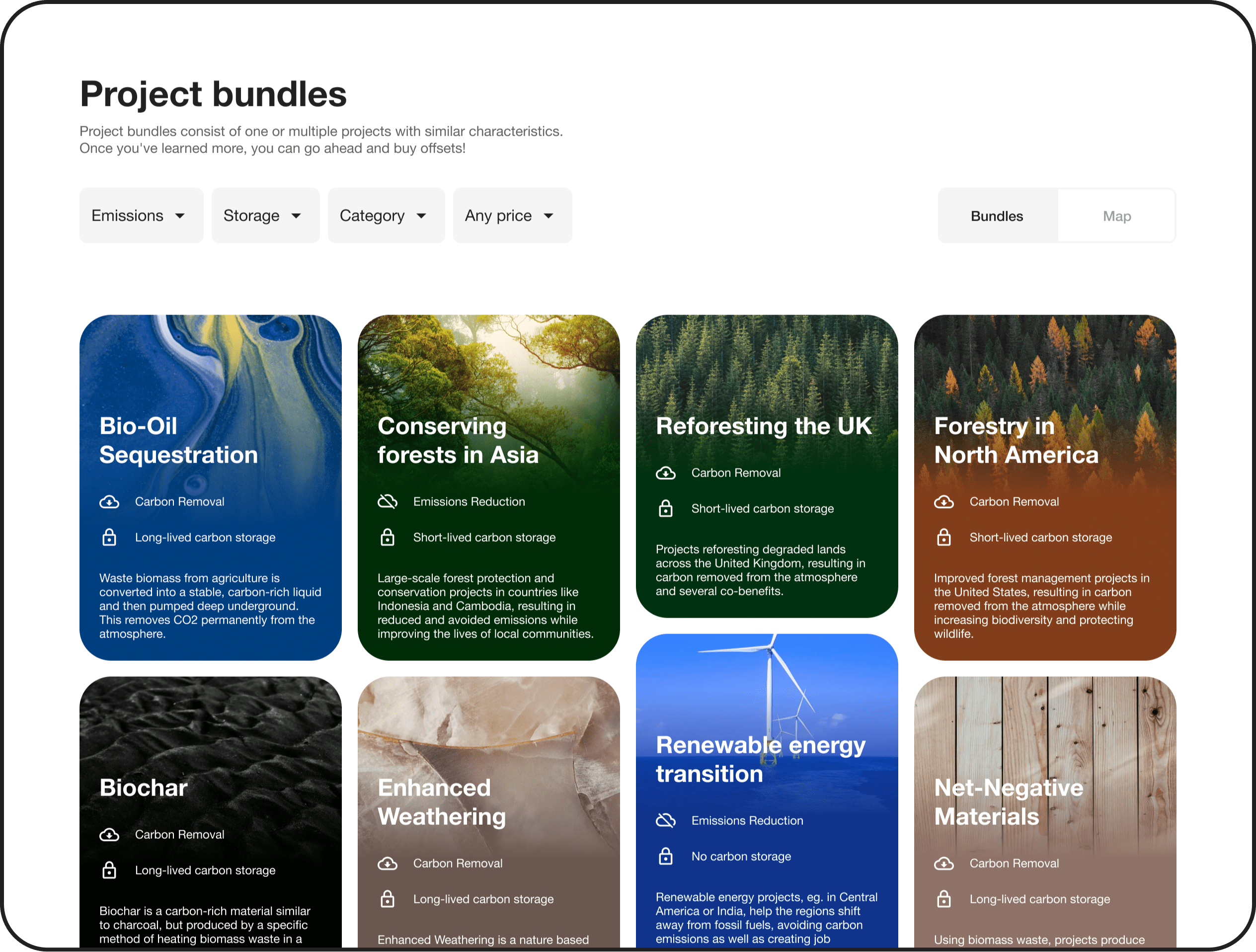
1. Robust baseline estimations
In carbon offsetting, the ‘baseline’ refers to the amount of greenhouse gas emissions that would have taken place in the ‘business-as-usual’ scenario i.e. if the carbon offset project did not exist.
Every carbon offset project needs to calculate a baseline as part of the project design and development, because it is used as the reference point that the project’s impact against: the actual emissions avoided or removed during the project’s lifetime are measured using this baseline to determine overall impact.
Exactly what needs to be included in the baseline calculation to determine that ‘business-as-usual scenario’ varies significantly across different types of projects and methodologies (and if they’re certified under a carbon standard, they’ll be using the baseline guidelines from that standard) – so we won’t go into the details here.
The key thing to know is that if a project has overestimated its baseline, then the project’s impact will also be overestimated – resulting in carbon credits being issued above and beyond the actual impact of the project.
An overestimated baseline is generally more likely to occur in an emissions avoidance project (renewables, reforestation etc) vs a carbon removal project.
That’s because the comparison is easier to determine for a carbon removal project – the business-as-usual scenario is simply what’s occurring before the project exists, with no additional carbon being removed from the atmosphere.
For many emissions avoidance projects, however, there’s usually a lot of hypothetical thinking involved in determining the baseline. Take a forest conservation project, for example, protecting an existing forest from being cut down. The baseline means calculating the existing carbon stock of that forest to understand how much carbon is being prevented from being emitted by protecting the forest – which is difficult in itself. But, for an accurate baseline, we also need to determine the likelihood that the trees would actually have been cut down in the absence of the project, which means answering questions like:
- Are there any immediate known threats of deforestation?
- What has the deforestation rate been in a similar area over the past 10 years?
With this it’s incredibly difficult to get an accurate baseline – even with the most detailed and complex baseline calculation known to man, we can never be 100% certain what would have happened to that particular forest over the lifetime of the project, if the project had never existed.
But, a high-quality project will always be aware of this difficulty, and will be taking actions to ensure the baseline is as accurate as possible. There are many ways to do that – here’s one example, featuring Treeconomy.
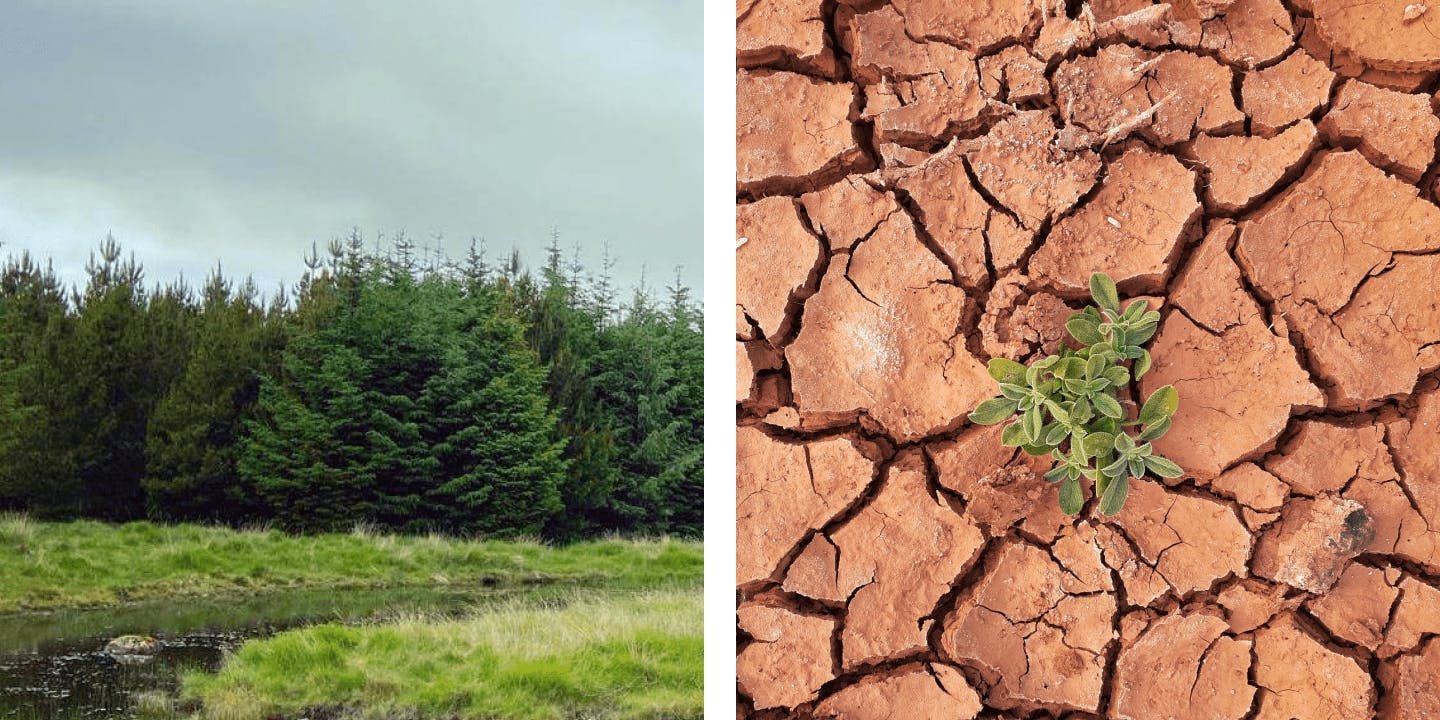
Example: how Treeconomy use technology for accurate estimates of carbon stock
Calculating the baseline for a forestry project includes gaining a deep understanding of the carbon stock of the project area (take a look at the Woodland Carbon Code for a detailed explanation of baseline scenarios in forestry projects).
Forest carbon stock has traditionally been quantified using manual methods. Measurements are taken in small sample plots (tree count, tree height and diameter) and this sample is then taken as an average measurement and used to calculate the carbon stock of the forest as a whole.
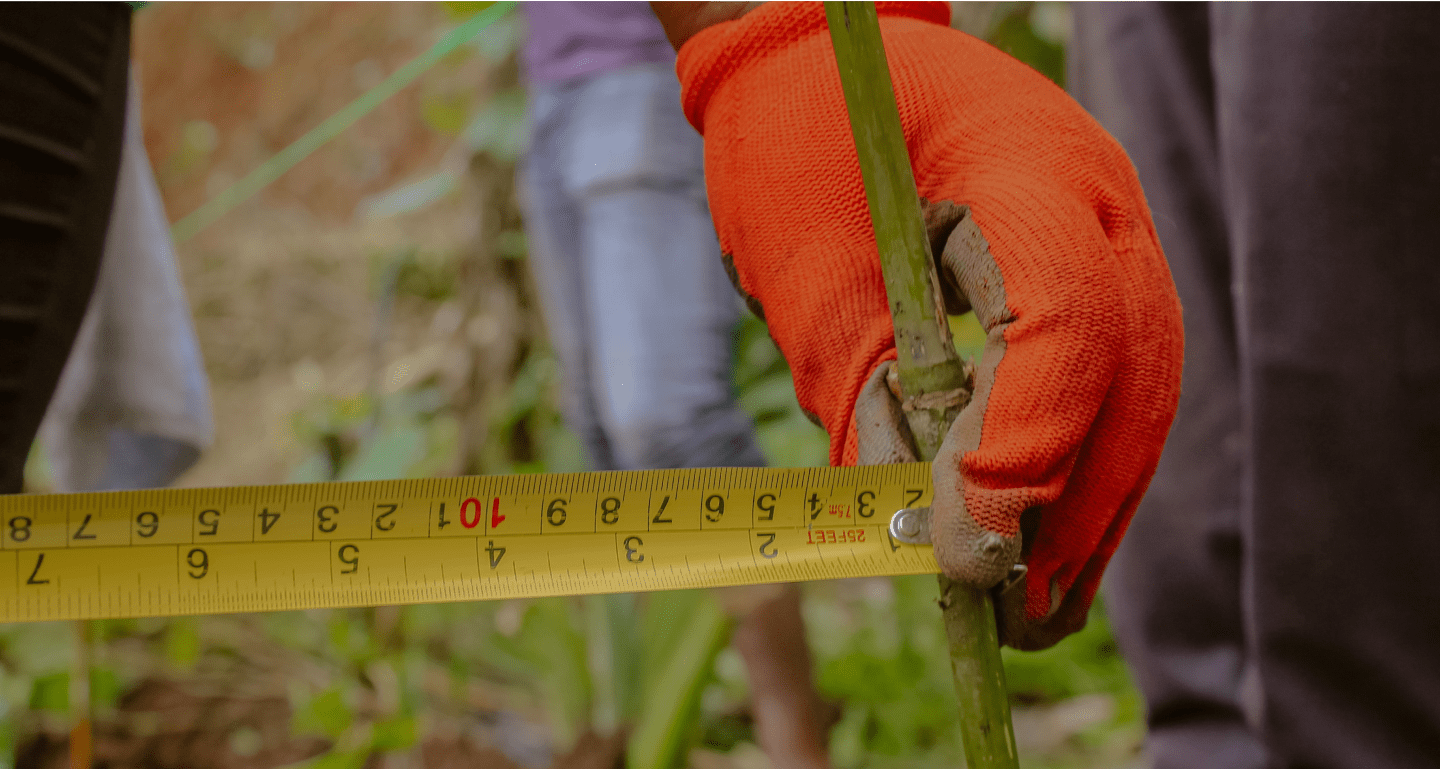
There’s a lot of room for human error in this. Plus, forests can contain huge variance, which makes methods using sampling and averages inaccurate – something as simple as the species of tree can make a big difference in the amount of carbon stored, for instance.
In fact, research has shown that current manual practices systematically overestimate the impact of forestry carbon offsetting projects – 29% of projects analysed were found to be overestimating impact (Badgley et al, 2022).
But, technology is providing ways to ensure accurate estimations of carbon impact in forestry projects – something Treeconomy are leading the way in.
For example, when they took on management of the Ackron Mixed forest in Scotland, they used their remote sensing and satellite imagery technology to check the information they’d been provided about the forest.
Satellite imagery offers precise information on existing forests – making it possible to determine details on individual trees in a forest (height, size, species etc) remotely. This makes it easy to monitor growth and identify any changes to estimations of impact – making for much more accurate calculations of carbon stock i.e. how much CO2 a forest is absorbing and storing.
The differences they found in carbon stock are stark:
- Site measurement: the site had been measured as 46.98 hectares, but Treeconomy’s updated measurements found it to actually be 40.1 hectares – resulting in an 8.7% decrease in the estimated carbon stock of the forest.
- Tree count: Treeconomy identified that there were 53% less trees on the site than originally estimated – the site had been counted using manual sampling, with less than 1% of the trees actually being counted.
Combined, these two errors were leading to a significant overestimation in carbon stock, with the project’s carbon removal being re-calculated from 8,322 tCO2 down to 7,602 tCO2. With baseline scenarios dependent on these carbon stock calculations, the need for this kind of technology to improve accuracy is clear.

Through Treeconomy’s Sherwood platform you can take a look at this remote sensing and satellite imagery now in action at Ackron Mixed, and even zoom in to see the carbon impact of individual trees in the forest.
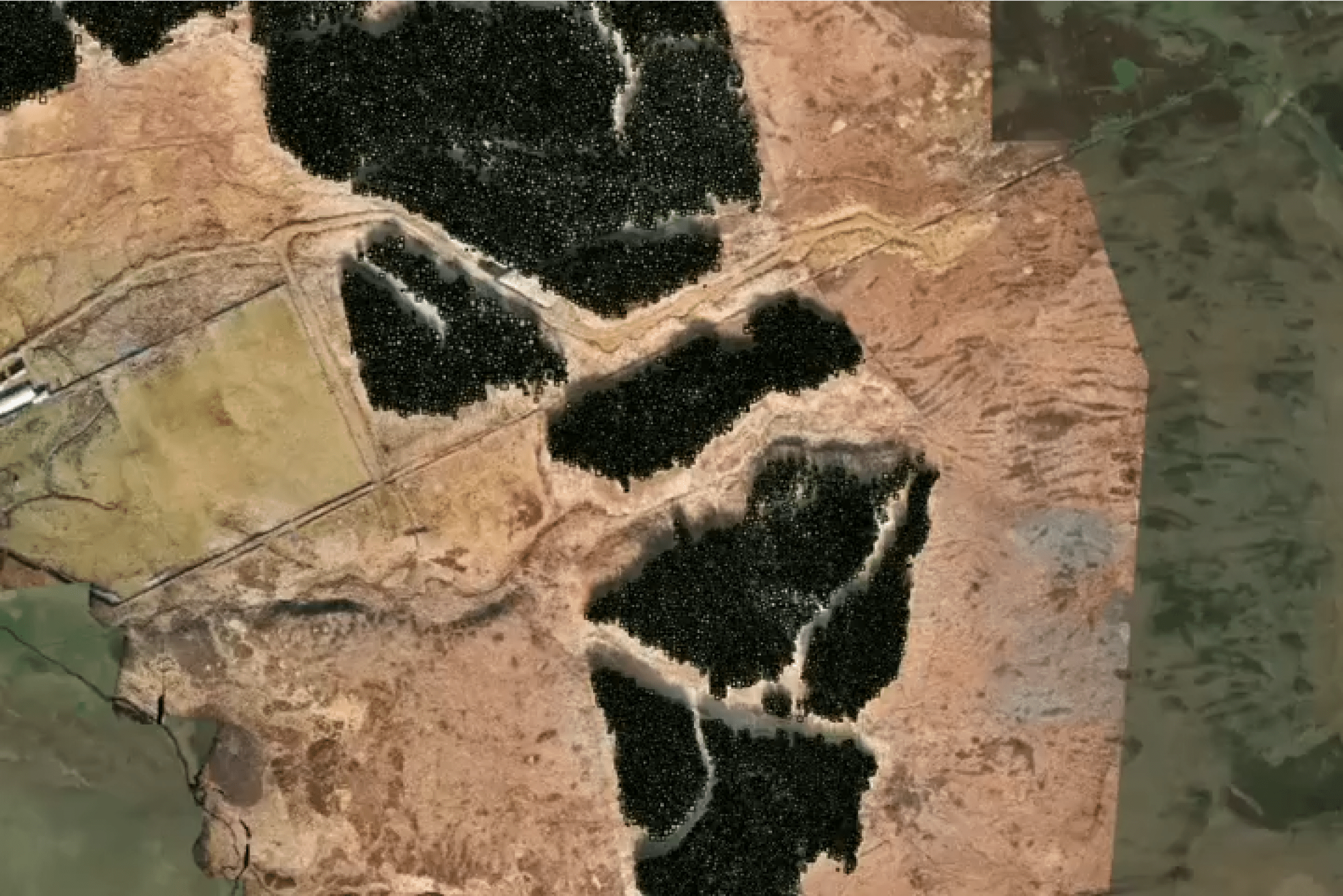
2. Risk, uncertainty, and leakage are taken into account
As mentioned there are lots of factors that go into estimating the carbon impact of a project, and because of the complex and often hypothetical nature there’s a lot of room for error and uncertainty – as we’ve seen in the example of Treecomony.
A high-quality carbon offset project will have taken this uncertainty into account in how impact is estimated – and any certification standard includes this too. That includes:
- Leakage. The project itself will likely have its own carbon footprint – greenhouse gas emissions resulting from any manufacturing, transportation etc involved in the project’s development and operation. This is known as ‘leakage’ and should be included in the calculations of the project’s carbon impact.
- Conservative estimates. Because there are so many factors, risks, and uncertainties, projects should always err on the conservative side when calculating their impact.
- Buffers. Some carbon standards have a buffer built into their model, where projects must contribute to a buffer pool in case their actual impact ends up being much lower than their estimated impact – ensuring the carbon credits issued remain in line with real impact made. The Gold Standard, for instance, requires a fixed 20% contribution to their compliance buffer to be used in case of any discrepancies.
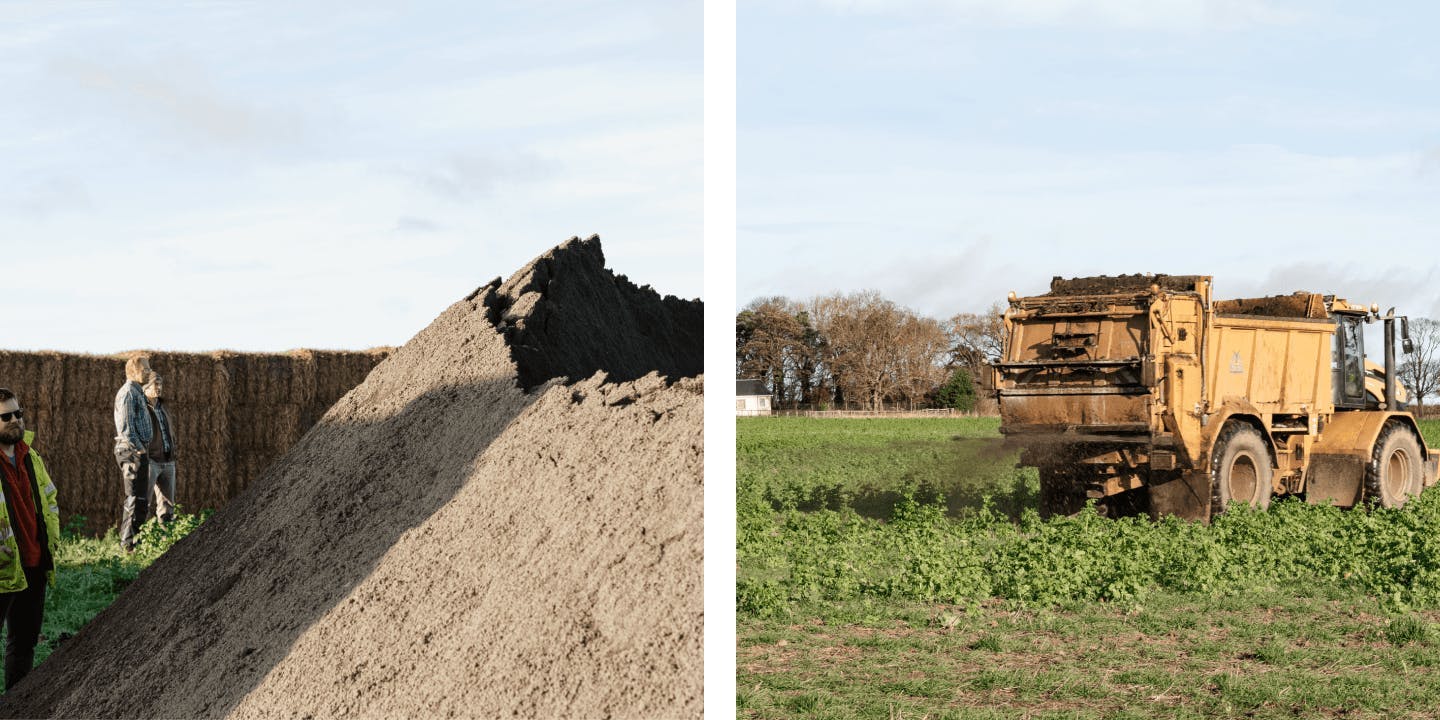
Example: how UNDO build uncertainty into their estimations
UNDO is an enhanced rock weathering project, spreading crushed basalt rock on agricultural land to increase natural carbon removal by rocks.
The primary risk in estimating the impact of enhanced weathering projects is the accuracy of ongoing measurement and monitoring. It’s still an early-stage method of carbon removal, and determining and quantifying the actual carbon removal taking place is tricky.
UNDO are developing their own measurement and monitoring method to help with this, in collaboration with expert scientists.
At the same time, they acknowledge and account for the inevitable uncertainties through:
- Conservative estimates: they are highly conservative with their measurements, building uncertainty into how they estimate impact, and this is deliberately built into their methodology – which is currently in the process of being developed and verified externally.
- Carbon reserve: UNDO have their own ‘carbon reserve’ (similar to a buffer) to ensure that if their enhanced weathering project ever underperforms against their estimates, the shortfall has already been accounted for within the reserve.
- Leakage: during project development UNDO conducted a full life cycle assessment across their entire value chain to scope out any potential areas of leakage, and these were then mitigated. For instance, UNDO use basalt rock that is already finely crushed as a by-product of quarrying and mining – so no emissions are caused by the creation of the finely ground rock needed for enhanced weathering.
3. Rigorous measurement and monitoring
Ongoing measurement and monitoring of a project’s impact is just as important as those initial estimates.
Rigorous and regular measurement and monitoring is required to ensure that a project’s actual carbon impact lines up with the estimated quantity, and to identify any changes in the project over time.
Without this, we can’t be certain that the expected impact lines up with reality.
How a project should go about measuring and monitoring depends on the type of project, but it should always be led by the latest reviewed science in the area. Of course, if the project is verified through a carbon standard (Gold Standard, Verra, Puro.Earth etc) they will be following the measurement and monitoring requirements set by that standard.
We’ve already seen the example of how Treeconomy’s use of satellite imagery is increasing accuracy in measuring and monitoring forestry projects. Let’s take another example in ocean carbon removal – Running Tide.
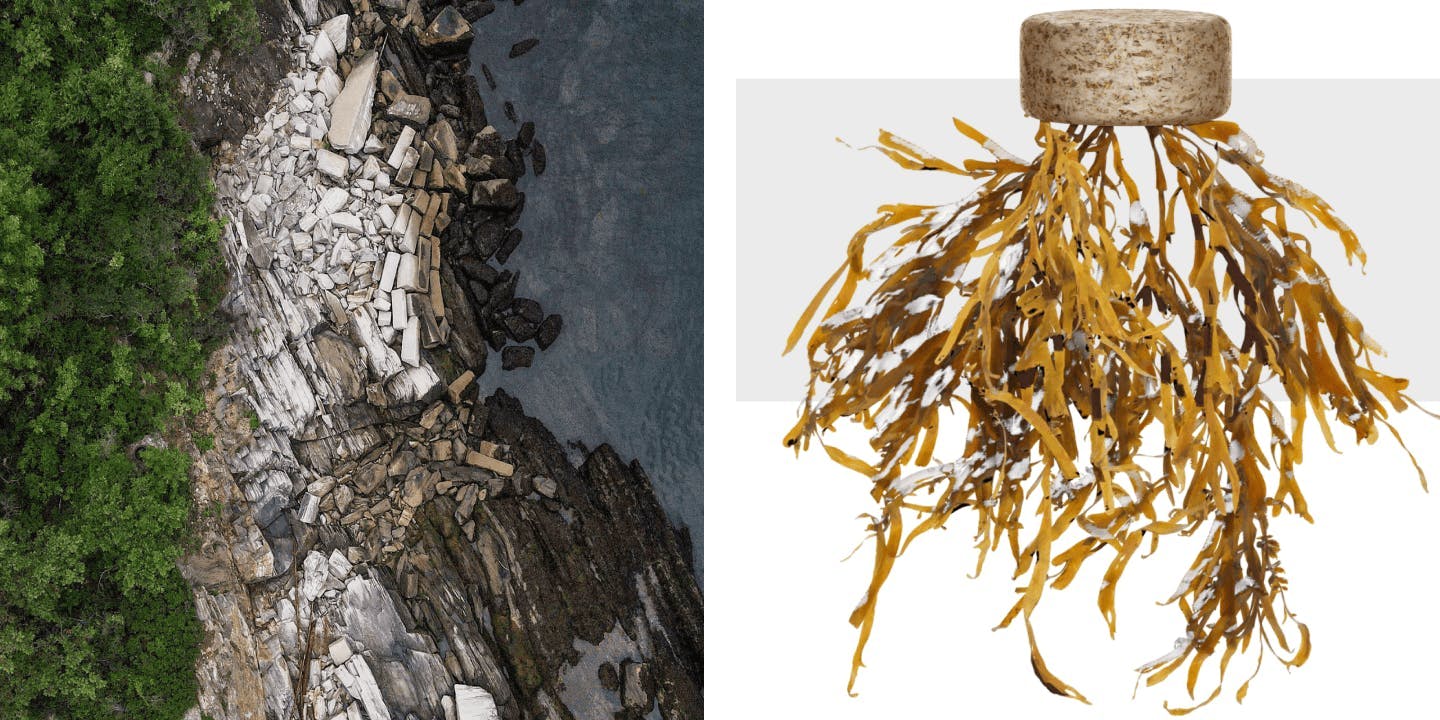
Example: how Running Tide are monitoring kelp buoys in the open ocean
Running Tide amplifies the ocean’s natural processes of carbon removal by deploying buoys made of terrestrial biomass (e.g. forestry residues from the logging industry) into the open ocean. Once deployed, the buoys are distributed by ocean currents and the kelp grows, removing carbon from the atmosphere. After an optimised period of growth, the system loses buoyancy, and the whole assembly sinks into the deep ocean where the carbon is safely stored for thousands of years.
Working with buoys out in the open ocean makes monitoring an interesting task!
Running Tide has technology at the heart of their processes, enabling them to gather accurate data about their carbon buoys even as they disperse across the open ocean. They use sensors to measure data during the duration of the deployment, validating models and testing data, as well as tracking the growth of the kelp. The system is designed to gather data with each deployment, not only validating outcomes, but also feeding information back to the system, constantly improving models, and increasing certainty over time.
During deployments, Running Tide’s detailed monitoring systems track buoy locations, deployment dispersion, and a selection of other data points to quantify the carbon removed and build upon the company’s understanding and monitoring of ocean health. And, importantly, their systems and models are reviewed by their external, independent Scientific Advisory Board, to ensure that the techniques are robust and in line with the latest science.
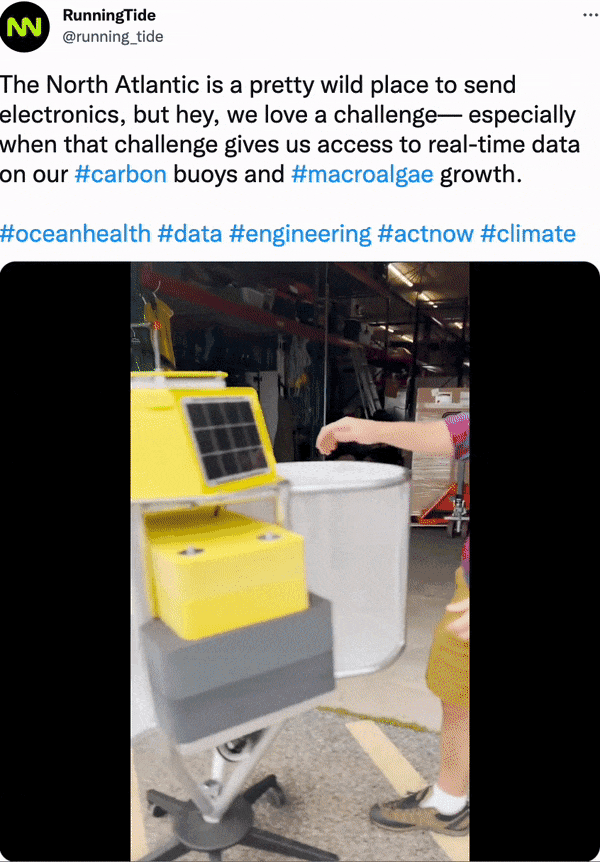
4. Third-party verification
The methods that a carbon offset project uses for all of the key ways to avoid overestimation that we’ve discussed in this article – baseline estimations, accounting for uncertainty, ongoing measurement and monitoring – should all be checked and verified by a trusted independent third-party, to ensure the method is sound and science-backed.
That might be:
- Certification by a carbon standard. If a project is already certified by a carbon standard (such as Verra, Gold Standard, or Puro.Earth) you can rest assured that third-party verification is central to the certification process. Any project using established methodologies for avoiding emissions or removing carbon (forestry or renewable energy projects for instance) should be certified under a carbon standard – if they aren’t, that’s a huge red flag for the quality of the project.
- Working with independent verifiers. For newer, innovative project types (such as enhanced weathering or ocean carbon removal through seaweed) there often is no standard to be verified against, because the methodologies are still being developed and verified. For these project types, there should be transparency about how they’re working with external third parties to check their methodology – like the independent Scientific Advisory Board that checks Running Tide’s measurement and monitoring processes, for instance.
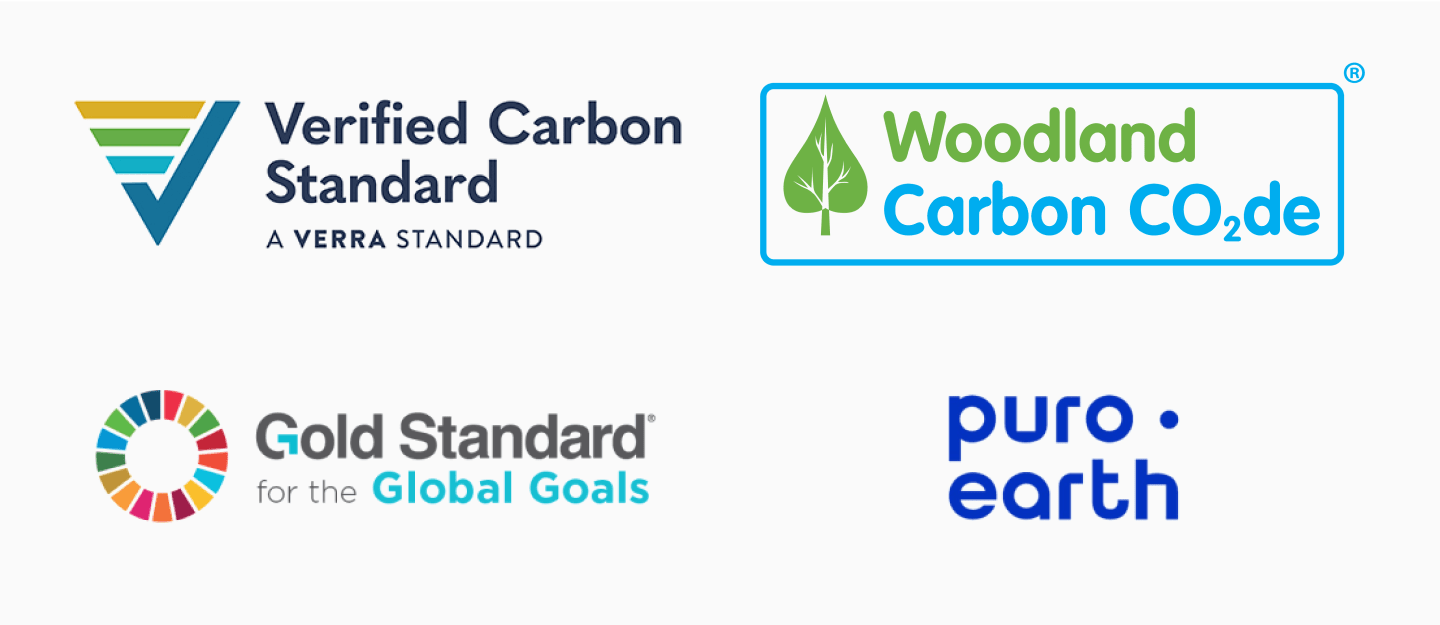
To conclude – our advice on evaluating carbon offset projects
Ultimately, for all of the markers we’ve highlighted in this article, transparency is key.
A high-quality project will have done their due diligence on how they estimate the impact of their project and how they measure and monitor to ensure that it aligns with actual impact. They have nothing to hide. If they’re certified, it will be front and centre of their website and other communication materials. If it’s an early-stage project and they aren’t yet certified, information on their methodology will be visible on their website, or they’ll be happy to share and explain it when asked. And if a project lacks this level of transparency, that’s one big red flag 🚩
Choosing the right projects to support is crucial to any carbon offsetting activity, and as you can see from this explainer on avoiding overestimation, that isn’t a simple process.
If you’re concerned about making the wrong choice we’d highly recommend working with a sustainability partner that has an established methodology for evaluating project quality and can help you choose the right carbon offsets.
As a starting point, take a look at how we evaluate carbon projects for quality and real-world impact at Lune.
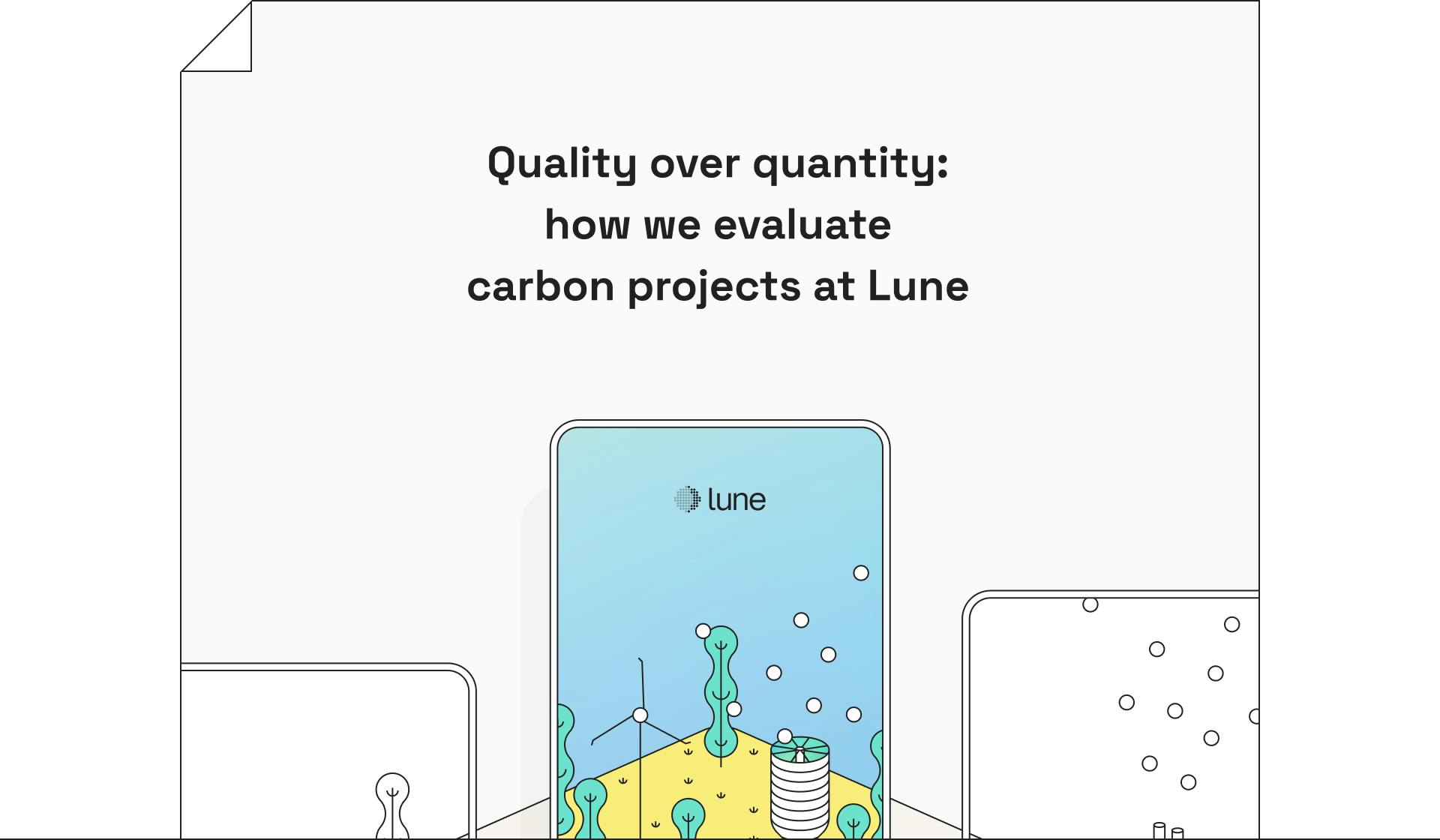
Readers also liked
Readers also liked

Subscribe for emissions intelligence insights
Get the latest updates in the world of carbon tracking, accounting, reporting, and offsetting direct to your inbox.

